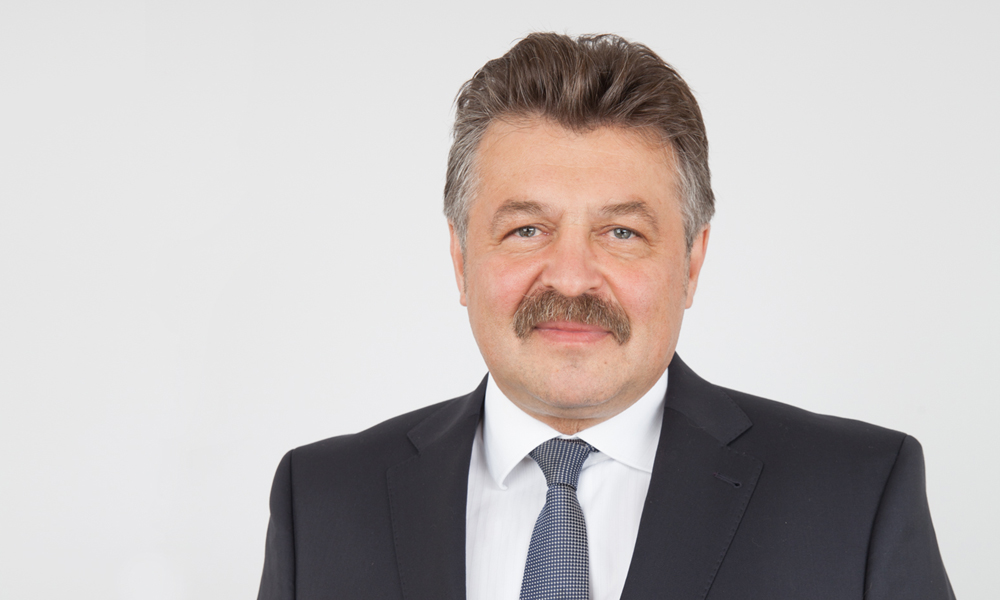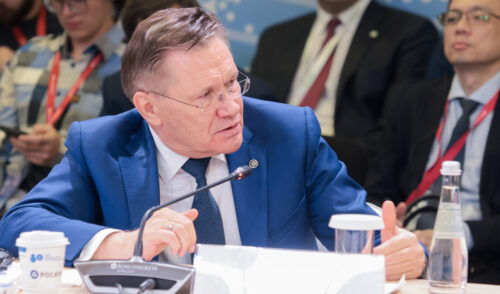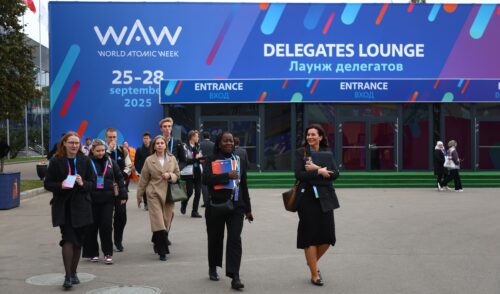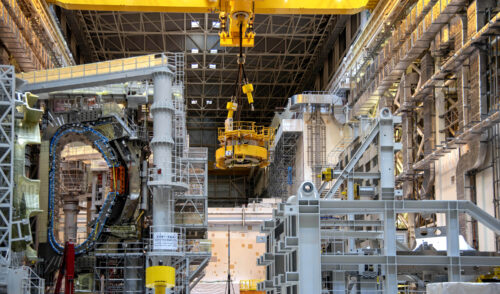
Vyacheslav Pershukov: We Build World’s Leading Center for Fast Reactors
back to contents– The key project presented by Rosatom on the sidelines of the 60th IAEA General Conference in Vienna was the world’s most powerful multi-purpose fast breeder reactor (MBIR), now under construction in Russia. What is it for?
– Most material testing reactors in the world were put in operation over 40 years ago. The global academic community begins experiencing a shortage of advanced test reactors that are indispensable for researchers to develop Generation IV reactor technologies and needed by engineers in reactor life extension and performance improvement projects. Experimental capacity will be largely exhausted by 2020–2025 as many research reactors will be either overaged or not have functional capabilities needed.
MBIR is a multi-purpose research facility featuring a sodium-cooled fast neutron reactor that is being built at the Research Institute of Atomic Reactors (RIAR) in Dimitrovgrad (Ulyanovsk region, Russia). Along with the reactor, MBIR will have the entire infrastructure required for in-pile research.
– What would you say about MBIR attractiveness for international researchers?
– It is an important aspect of the project. MBIR is set to be an advanced research facility both for Russian and the world. Rosatom is open for partnerships with anyone who might be interested. This is why an idea came to us to make MBIR an international research center. Rosatom has offered its foreign partners an unprecedented opportunity to participate in the establishment of a research infrastructure that will be designed to develop new reactor technologies and satisfy all the advanced requirements.
A comprehensive research reactor unit with high neutron flux cannot be of a small size nor have a modular design. High costs are therefore unavoidable. This factor contributes to the idea that has been promoted by the IAEA for a relatively long time – creation of shared facilities where one reactor can service the needs of many countries.
Participating in the project, our foreign colleagues will have access to the globally unparalleled facilities while minimizing and optimizing their costs. In other words, they will share risks and costs, with unrestricted access to the results of research at MBIR.
Consolidating financial and scientific resources will make efforts of every participant more efficient. Those who join at an earlier stage will be able to influence the configuration of research equipment and priorities of the scientific program. Our goal is to turn the international research center into a venue to exchange opinion and share expertise and a center of competencies across Generation IV reactor projects.
– How will the international research center work? What are the terms of participation?
– When developing an organizational structure, we assumed that our partners could have different interests – someone needs regular access to the reactor while others need the reactor for a particular program or have no specific goal yet. Therefore, participation options vary, with the only rule being unchanged – those who come earlier will have preferential terms. As for finance, contributions will be proportionate to the time of access to the reactor (working time).
Besides, we plan to develop a multi-lateral research program that will cover areas interesting for a broad community of researchers, including emerging nuclear countries, and attract reputable research organization with a solid expertise in the field. This will intensify knowledge exchange on a global scale and foster the development of scientific competencies.
– How serious is the current interest to MBIR abroad?
– No doubt this is a tool that is interesting for almost everyone in the world. Many countries are involved in fast reactor research because it is a key to the development of closed nuclear fuel cycle technologies. Massive construction of fast reactors requires deep analysis, search for optimal solutions, and tests of structural and fuel materials. All this cannot be done without proper research.
The European Sustainable Nuclear Industrial Initiative provides for the construction of four fast reactors, including Allegro in the Nuclear Physics Institute (Řež, Czech Republic). All these projects will have to test their engineering solutions at a certain point of time.
As shown at the international seminar held in Dimitrovgrad this June, interest towards MBIR is much higher than expected. Versatile functionality embodied in the reactor design makes the reactor attractive for every potential user, including commercial applied researchers, scientific organizations and countries making their first steps on the way to nuclear science.
– What has been done already?
– The year 2016 is a starting point for the international research center supported by interest of the global scientific community. This is also a year when the construction of MBIR has begun, and Rosatom launched an independent research center project.
We have signed two memorandums of cooperation and plan to sign some more by the end of this year. Thus we will make a list of key project stakeholders who will have more influence on the project development and terms of participation. Our task for this year is to compose an advisory board that will begin working on a scientific research program before the official foundation of the international research center. In 2017, we will agree with the partners on key participation terms and register the center as an independent legal body.




